Transforming your outdoor space into an oasis or enhancing your property’s value through landscaping is both thrilling and challenging. One of the most pressing questions property owners ask is, “What will my landscaping project cost?”
While the answer varies based on many factors, this blog aims to offer a thorough guide to assist you in budgeting wisely.
How to calculate landscaping costs
The scope of your project plays a crucial role in determining landscaping costs. Typically, properties valued higher relative to others in your area allow for greater investment, ensuring a worthwhile return.
For projects aimed at increasing property value, it’s recommended to spend no more than 5% to 10% of your property’s value to landscaping.
Here’s a reference guide:
| Value of Property | Estimated Landscaping Costs |
| $400,000 | $20,000 to $40,000 |
| $500,000 | $25,000 to $50,000 |
| $600,000 | $30,000 to $60,000 |
| $700,000 | $35,000 to $70,000 |
| $800,000 | $40,000 to $80,000 |
| $900,000 | $45,000 to $90,000 |
Average Landscaping Project in Australia
The table below provides average landscaping job costs in Melbourne. Please use this as a reference only, as actual costs may vary depending on your specific project requirements.
| Landscaping Job | Average Cost |
| Decking | $3,000 to $11,500+ |
| Paving | $4,650 to $9,300+ |
| Laying turf | $1,800 to $6,500+ |
| Garden fence | $1,950 to $9,750+ |
| Artificial grass | $3,500 to $11,500+ |
Note: The prices listed above are averages only and may vary depending on material selection, overall area, location etc.
Key Factors Influencing Landscaping Costs
Landscaping costs can vary widely based on several key factors. Understanding these factors can help you plan and budget more effectively for your project:
- Project Size and Scope
- Overall Area: Larger areas require more materials and labor, increasing costs.
- Complexity: More intricate designs with multiple elements (e.g., water features, lighting, patios) will cost more.
- Design and Planning
- Professional Services: Hiring a landscape designer can add to the cost but ensures a well-thought-out plan and meeting allocated budget
- Detailed Plans: Comprehensive designs with precise measurements and specifications can incur initial costs but save money in the long run.
- Materials
- Quality and Type: The choice of materials (e.g., natural stone vs. concrete pavers) significantly impacts costs.
- Quantity: The amount of materials needed for the project directly affects the total expense.
- Labor Costs
- Local Rates: Labor costs can vary based on the suburbs and the expertise of the workers.
- Specialized Skills: Tasks requiring specialized skills, such as building water features or installing intricate hardscaping, will be more expensive.
- Plants and Greenery
- Type of Plants: The selection of plants (e.g., rare or exotic plants vs. common varieties) influences costs.
- Maturity: Mature plants and trees are more expensive than young ones.
- Quantity: The number of plants and their arrangement can also impact the budget.
- Site Preparation
- Existing Conditions: The current state of the site (e.g., existing vegetation, soil quality) affects preparation costs.
- Clearing and Grading: Removing old plants, leveling the ground, and preparing the soil can add to expenses.
- Features and Enhancements
- Hardscaping: Elements like patios, walkways, retaining walls, and pergolas add to the cost.
- Water Features: Installing ponds, fountains, or waterfalls can be pricey.
- Lighting: Outdoor lighting for aesthetics and security will increase costs.
- Irrigation and Drainage
- Irrigation Systems: Installing a new irrigation system or upgrading an existing one can influence the costs.
- Drainage Solutions: Proper drainage to prevent water pooling and erosion can add to the overall expense.
- Permits and Regulations
- Local Permits: Some projects may require permits, which can add to the cost.
- Compliance: Ensuring the project complies with local regulations and codes can involve additional expenses.
By considering these factors, you can better understand what drives landscaping costs and plan your budget accordingly.
Planning your landscaping project
Landscapers are skilled professionals who bring your garden vision to life through their expertise.
However, to shape the initial vision of your outdoor space, engaging a landscape designer or architect is essential. These professionals excel in precise measurements, detailed planning, and strategic plant placement.Landscapers are the executors, not the designers.
Your initial meeting with a designer will provide insight into the scope of work required by the landscaper, helping you establish a preliminary budget. They will assist you in planning every aspect of your new garden, offering a detailed list of items to budget for.
After consulting with a garden designer or landscape architect, you might find that your landscaping costs are not as high as anticipated. Once the design is finalized, a landscaper will bring this vision to life by planting, building walls, laying paving, and performing other necessary tasks.
Don’t Get a Cost Estimate Without This: The Crucial Role of a Landscape Plan
Creating a beautiful and functional outdoor space involves more than just planting a few trees or laying some paving stones. To achieve the best results, a well-thought-out landscape plan is essential. Here are several reasons why you should have a landscape plan in place before getting a cost estimate:
Clarity of Vision
A landscape plan provides a clear vision of what you want to achieve with your outdoor space. It translates your ideas and desires into a tangible design. This clarity helps ensure that all parties involved—homeowners, designers, and landscapers—are on the same page, reducing misunderstandings and ensuring that the final result matches your expectations.
Accurate Budgeting
Without a detailed plan, it’s challenging to estimate costs accurately. A comprehensive landscape plan includes precise measurements, materials, plant selections, and features, allowing contractors to provide more accurate and detailed cost estimates. This helps avoid surprises and allows for better financial planning.
Efficient Use of Resources
A well-crafted landscape plan ensures that resources—time, money, and materials—are used efficiently. It helps in planning the sequence of tasks, identifying the right materials, and avoiding costly mistakes or last-minute changes. This efficiency can lead to significant cost savings.
Identifying Potential Challenges
A landscape plan helps identify potential challenges and constraints early in the process. Issues such as drainage problems, soil quality, and existing structures can be addressed in the planning stage, preventing costly adjustments later on. This proactive approach saves both time and money.
Enhanced Design and Functionality
Landscape plans are typically created by professionals who understand design principles, plant species, and local environmental conditions. They can create a space that is not only aesthetically pleasing but also functional and sustainable. Their expertise ensures that every element of the landscape works together harmoniously.
Improved Project Management
A detailed landscape plan serves as a roadmap for the project, outlining each step from start to finish. It helps in scheduling tasks, coordinating with contractors, and managing timelines effectively. This organized approach minimizes delays and keeps the project on track.
Informed Decision-Making
With a landscape plan in hand, you are better equipped to make informed decisions about materials, plants, and features. It allows you to evaluate different options and choose the ones that best fit your vision and budget. This informed decision-making leads to better outcomes and greater satisfaction with the final result.
Increased Property Value
A well-designed landscape can significantly enhance the value of your property. By investing in a landscape plan, you ensure that the improvements you make are well thought out and add real value. This is particularly important if you plan to sell your property in the future.
Environmental Considerations
Professional landscape plans take into account environmental factors such as water conservation, soil health, and native plant species. By planning with these considerations in mind, you can create a sustainable and environmentally friendly landscape that thrives in your local climate.
Long-Term Benefits
A landscape plan is not just for the immediate project but also for the long-term maintenance and evolution of your outdoor space. It provides a foundation for future improvements and ensures that your landscape remains beautiful and functional for years to come.
Final Thoughts!
Transforming your outdoor space into a breathtaking oasis or enhancing your property’s value through landscaping is an exciting journey, but it comes with questions about costs and planning. This blog has provided a comprehensive guide to help you navigate these considerations effectively.
Understanding Landscaping Costs: Determining the cost of your landscaping project involves various factors, including the size and complexity of the project, materials chosen, labor costs, and local regulations. By considering these factors, you can develop a realistic budget that aligns with your goals and ensures a worthwhile investment.
Why a Landscape Plan is Essential: Before embarking on your project, it’s crucial to have a detailed landscape plan in place. This plan not only clarifies your vision but also facilitates accurate cost estimates, efficient resource allocation, and proactive problem-solving. It sets the foundation for a well-executed project that maximizes both aesthetic appeal and functionality.
Take Action Today: Don’t proceed with your landscaping project without first developing a comprehensive landscape plan. Engage with a landscape designer or architect to create a roadmap that aligns with your vision and budget. This proactive step will save you time, money, and potential headaches down the road.
Remember, each landscape is unique, and costs can vary widely. For personalized advice and assistance, consult with us who can offer insights tailored to your specific requirements.
Your outdoor oasis awaits!



